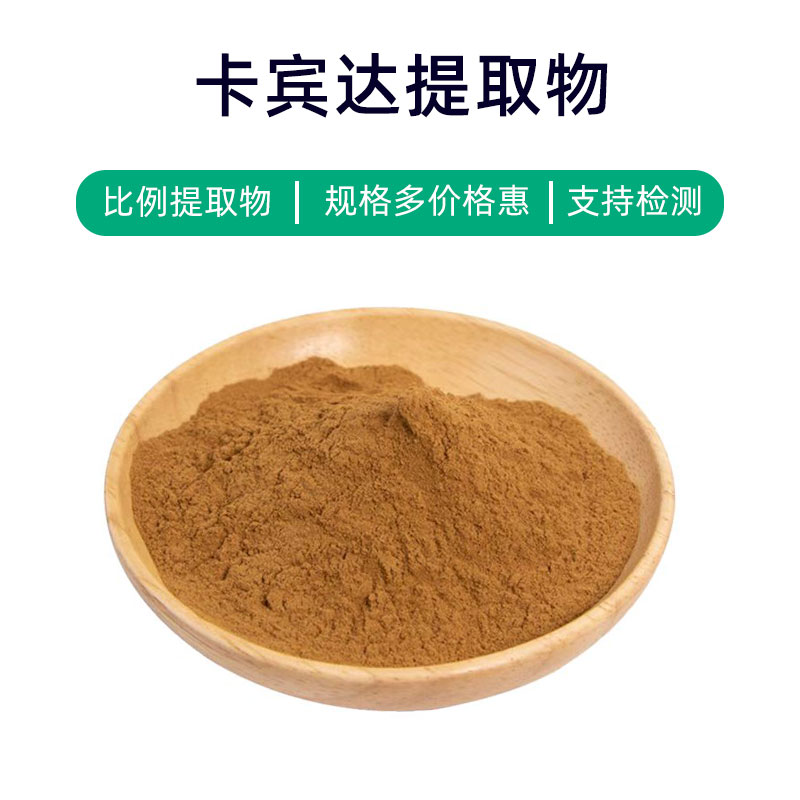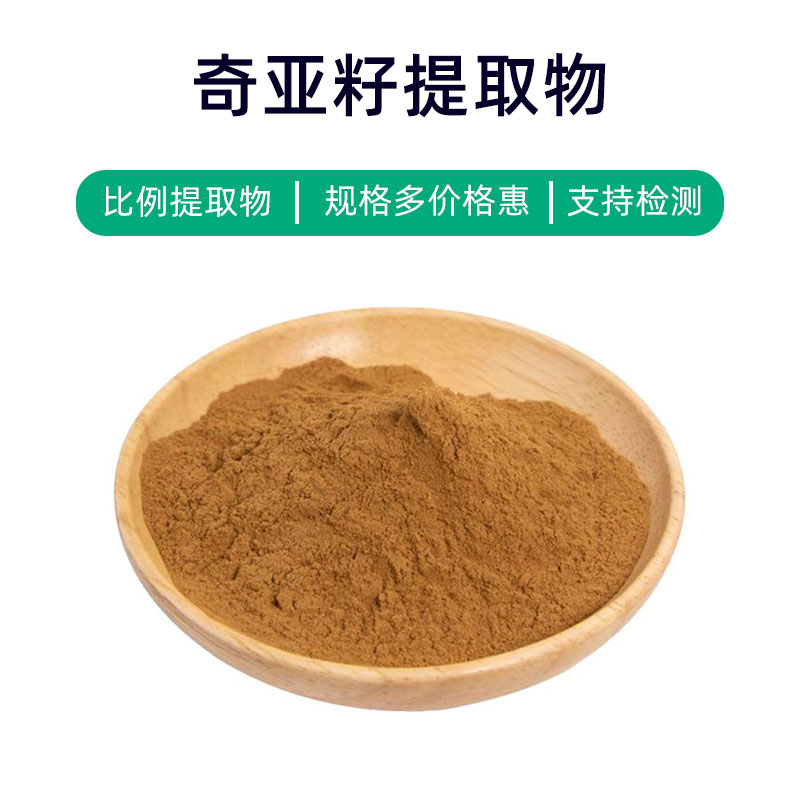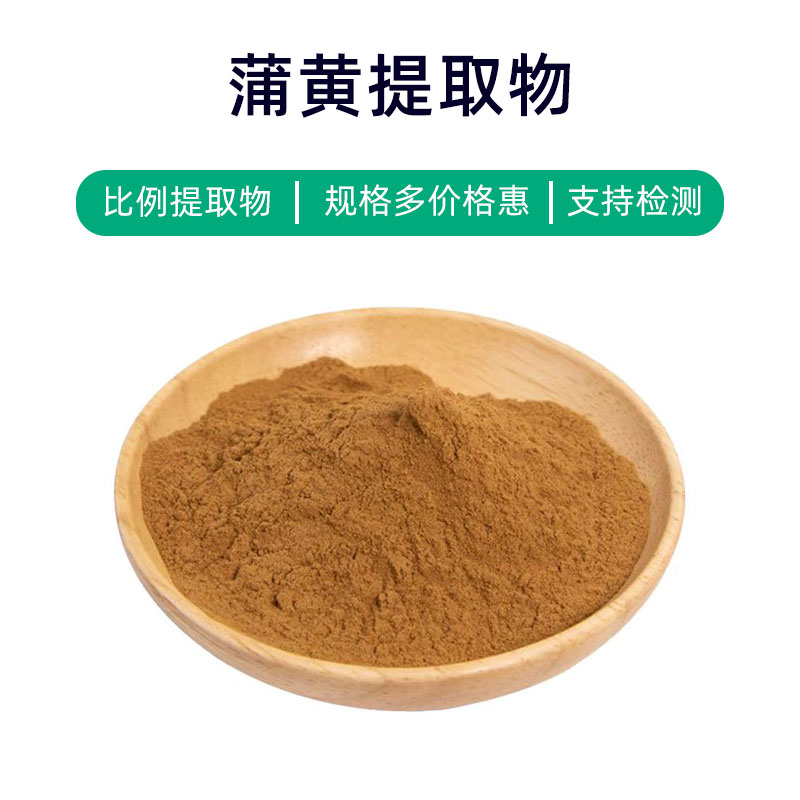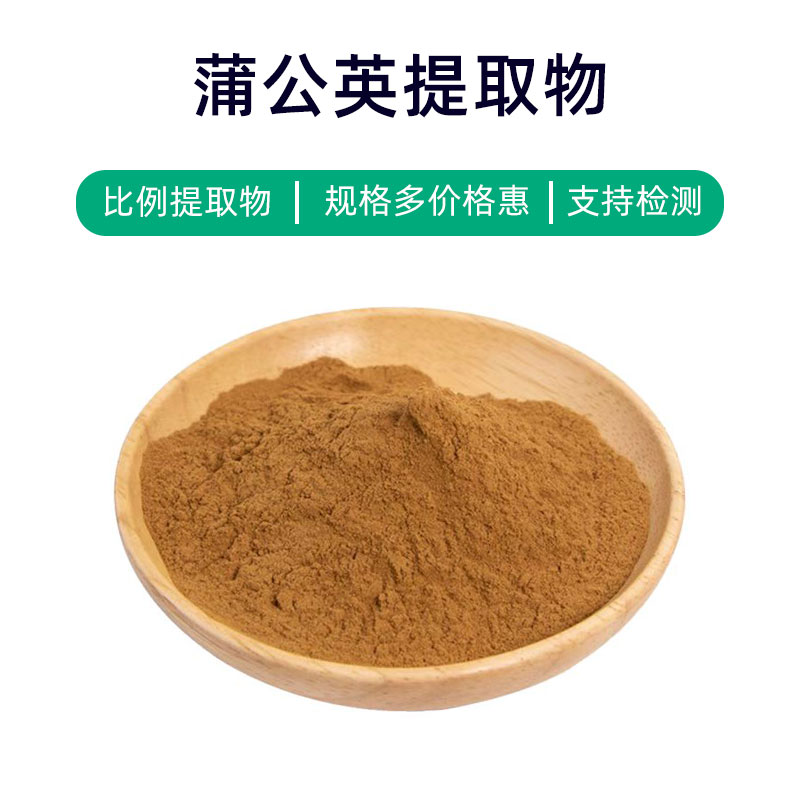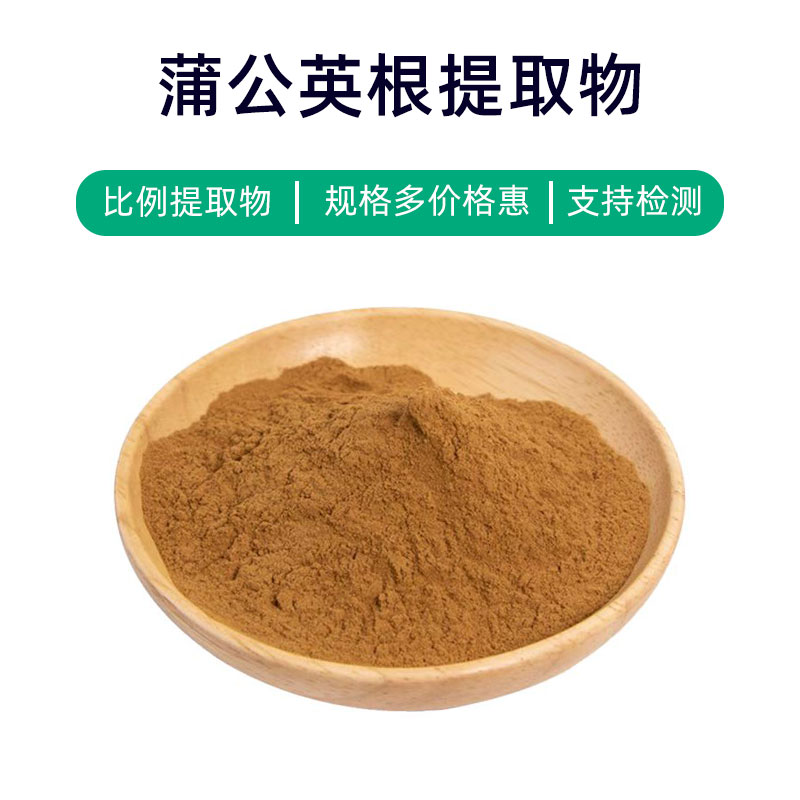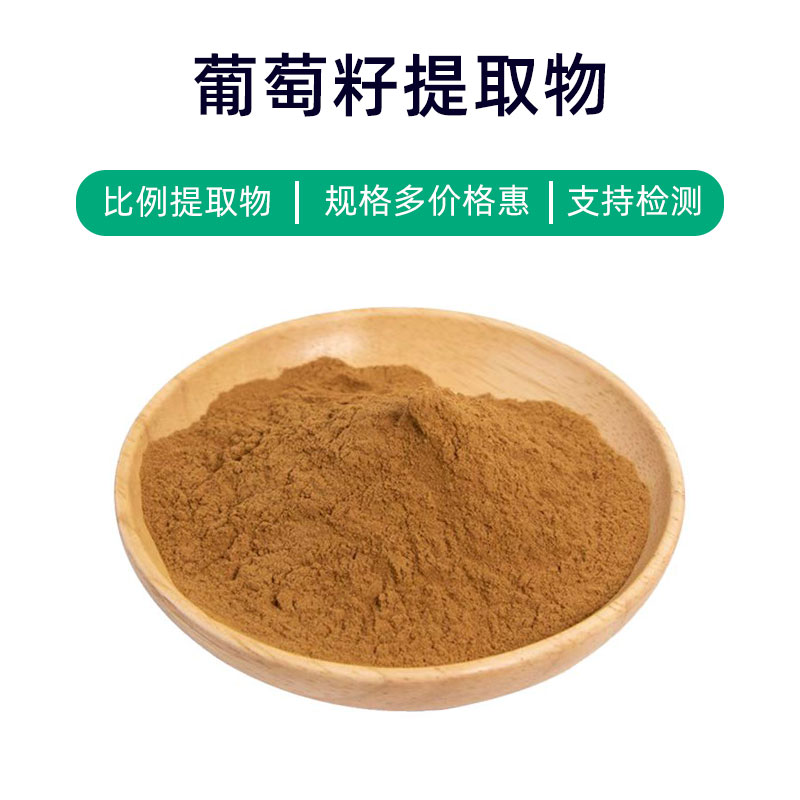Deer Grass Extract Product Introduction
Deer grass extract is a natural plant extract obtained from the roots of deer grass (scientific name: Polygonum bistorta). Its main components include flavonoids, polyphenols, and polysaccharides. These components endow deer grass extract with various effects and applications.
- Main Components
- Flavonoids: They have antioxidant and anti - inflammatory effects, helping to protect cells from oxidative damage.
- Polyphenols: They fight against free radicals, helping to delay the skin aging process.
- Polysaccharides: They have moisturizing effects, helping to improve dry skin problems.
- Effects
- Antioxidant: The polyphenols in deer grass extract can neutralize free radicals, slow down skin oxidation, and keep the skin healthy.
- Anti - inflammatory: Flavonoids have anti - inflammatory effects, helping to relieve skin inflammation and reduce skin discomfort.
- Moisturizing: The polysaccharide component can increase the skin's moisture content, keeping the skin hydrated and smooth.
- Applications
- Cosmetics: Widely used in skin care products, facial masks, lotions, etc. for moisturizing, anti - oxidizing, and soothing the skin.
- Food: Used as an additive in health foods to enhance immunity and regulate intestinal function.
- Medicine: Used to prepare external ointments or sprays for treating skin inflammation, eczema, and other skin problems.
Overall, as a natural plant extract, deer grass extract has various effects such as antioxidant, anti - inflammatory, moisturizing, and nourishing. It is widely used in the cosmetics, food, and medical fields, and has a positive impact on skin health and overall well - being.
Deer Grass Extract Product Production Process
The production process of deer grass extract usually includes the following main steps:
- Raw Material Collection and Preparation: First, fresh deer grass roots need to be collected as the raw material for extraction, and they need to be preliminarily cleaned and processed to ensure the quality and cleanliness of the raw material.
- Crushing and Grinding: The cleaned deer grass roots are crushed or ground to make the particles smaller, which is beneficial for the subsequent extraction process.
- Extraction or Solvent Extraction: The crushed deer grass roots are added to an appropriate solvent (such as ethanol, water, etc.) for extraction or solvent extraction to dissolve the target components.
- Filtration and Separation: The extraction liquid is filtered to remove solid impurities, obtaining a clear extraction liquid.
- Concentration: The clear extraction liquid is concentrated to remove the excess solvent, obtaining a concentrated deer grass extraction liquid.
- Drying: The concentrated deer grass extraction liquid is dried, usually using spray - drying or vacuum - drying technology to convert it into a powder form.
- Crushing and Screening: The dried deer grass extract is crushed and screened to ensure the uniformity and fineness of the powder particles, usually with a mesh size of 80 - 100 mesh.
- Quality Inspection: The produced deer grass extract is subjected to quality inspection, including the detection of active ingredient content, microbial indicators, heavy metals, etc., to ensure that the product meets relevant standards and regulatory requirements.
- Packaging and Storage: The qualified deer grass extract is packaged, usually in a sealed package to prevent the intrusion of air, moisture, and light. It is stored in a dry and cool environment, avoiding direct sunlight and a humid environment to maintain the stability of the active ingredients.
The entire production process requires strict control of the parameters and conditions of each link to ensure the quality and stability of the product to meet the needs of customers and the market.
Deer Grass Extract Effects, Functions, and Side Effects
As a natural plant extract, deer grass extract has various effects and functions, mainly including the following aspects:
- Antioxidant Effect
- Deer grass extract is rich in flavonoids and polyphenols, which have strong antioxidant effects. They can neutralize free radicals, reduce oxidative damage, and protect cells from the external environment.
- Anti - inflammatory Effect
- Flavonoids have certain anti - inflammatory effects, helping to reduce skin inflammation and itching, and improve skin discomfort.
- Skin Soothing
- Deer grass extract has a certain soothing effect on the skin, which can relieve the tightness of the skin and make the skin feel more comfortable.
- Moisturizing
- The extract contains polysaccharide components, which have good moisturizing ability and can increase the skin's moisture content, keeping the skin hydrated.
- Wound Healing Promotion
- Deer grass extract has a certain promoting effect on wound healing, helping to accelerate the healing and repair of skin wounds.
- Whitening and Freckle - Fading
- Some studies show that some components in deer grass extract have a certain whitening effect. They can reduce melanin production, help fade freckles, and improve uneven skin tone.
- Antibacterial and Antifungal
- The active components in deer grass extract have a certain inhibitory effect on some bacteria and fungi, helping to reduce skin bacterial infections and inflammation.
- Anti - aging
- Due to its antioxidant and moisturizing effects, deer grass extract is also considered to have a certain anti - aging effect, which can delay the skin aging process and keep the skin youthful.
Despite the numerous benefits and effects of Polygonum bistorta (Deer Tongue) Extract, it is important to keep the following points in mind during use:
- Individual Differences: People have varying skin types and health conditions, which may affect how they respond to the extract. It is recommended to conduct a patch test first.
- Allergy Risks: Some individuals may be allergic to certain components. If discomfort or allergic reactions occur, discontinue use immediately and consult a healthcare professional.
- Correct Usage: Follow the product instructions or the advice of a healthcare provider to use correctly, avoiding excessive or improper application.
Overall, Polygonum bistorta Extract, as a natural plant extract, has broad potential applications in skincare, beauty, and health care. However, attention should be paid to individual differences and proper usage to ensure safety and efficacy.
Applications and Dosage of Polygonum Bistorta Extract
As a natural plant extract, Polygonum bistorta Extract has a wide range of applications in the pharmaceutical, food, and cosmetic industries. Below are key details on its applications, usage, and recommended dosage in these fields.
Pharmaceutical Applications
- Topical Medicines:
- Application: Used to prepare topical ointments, gels, or sprays for treating skin inflammations, eczema, acne, and other inflammatory skin conditions.
- Dosage: Add Polygonum bistorta Extract at a concentration of 2%-5% to the pharmaceutical base, and apply to the affected area.
- Wound Healing:
- Application: Helps promote wound healing, reduce infection, and accelerate skin repair.
- Dosage: The extract can be added to wound healing ointments or sprays, and used as per the doctor’s advice.
Food Applications
- Natural Coloring Agent:
- Application: Used as a food additive to impart color and enhance the visual appeal of foods.
- Dosage: Depending on the food type and requirements, typically used at a concentration of 0.01%-0.1% of the total formula.
- Health Supplements:
- Application: Used as an additive in health supplements to boost immunity, regulate intestinal functions, etc.
- Dosage: Added according to the supplement formulation, usually 0.1%-0.5% of the total formula.
Cosmetic Applications
- Skincare Products:
- Application: Added to creams, lotions, serums, etc., for hydration, antioxidant protection, and soothing skin.
- Dosage: The recommended dosage is typically 1%-3% of the total formulation, with adjustments based on skin type and needs.
- Beauty Products:
- Application: Used in whitening, spot-lightening, and anti-aging products to improve skin tone and reduce discoloration.
- Dosage: The dosage in whitening products is typically 2%-5%, and in anti-aging products, it can be adjusted according to the formulation.
Usage Precautions
- In pharmaceutical applications, use as directed by a doctor and perform an allergy test before use.
- In food and health supplements, usage should comply with food safety standards and formula proportions.
- In cosmetic formulations, ensure compatibility with other ingredients to avoid unnecessary reactions.
Overall, Polygonum bistorta Extract has widespread applications in the pharmaceutical, food, and cosmetic fields. It is generally safe and effective, but care should be taken to follow proper usage guidelines and relevant standards.
Source Plant Introduction, Distribution, and Growth Environment of Polygonum Bistorta
Polygonum bistorta, also known as Deer Tongue, is a perennial herb belonging to the Polygonaceae family. Below is a detailed introduction to the source plant, its distribution, and growth environment.
Source Plant Introduction
Polygonum bistorta is a tall, branched herb with a height typically ranging from 20 to 60 cm. The stem is upright and branching, with oval or elliptical leaves that have distinct petioles. The leaves are smooth on the surface, with wavy edges. The flowers are gathered into long, narrow panicles and are usually white, pale pink, or light purple, blooming in the summer.
Distribution
Polygonum bistorta is found across temperate and cold regions in Asia, Europe, and North America. In Asia, it is widespread in countries like China, Russia, and Japan. In Europe, it is mainly found in the UK, France, and Germany. In North America, it is present in parts of Canada and the United States.
Growth Environment
Polygonum bistorta grows in areas below 2000 meters above sea level, including meadows, mountain slopes, forest edges, riverbanks, and lake shores. It prefers humid environments and grows best in loose, well-drained soils. It is commonly found in meadows, grasslands, wetlands, and along riverbanks, but can also grow at forest edges or in shrublands.
This plant is highly cold-resistant and adapts well to cold high-altitude and cold regions. It thrives in sunny and moist environments, requiring ample water and nutrients during its growing period.
In summary, Polygonum bistorta is a widely distributed and highly adaptable perennial herb that grows in humid environments in temperate and cold regions. It is one of the important source plants for Polygonum bistorta Extract.
Processing and Storage of Polygonum Bistorta Extract
The processing of Polygonum bistorta Extract generally involves the following steps: First, the roots of the plant are cleaned and pre-processed; then, extraction is performed using soaking or solvent extraction methods to isolate the target components. Filtration, concentration, and drying are then carried out to obtain the final extract.
For storage, it is recommended to keep the extract in a dry, cool environment, away from direct sunlight and moisture. The container should be sealed to maintain the stability of its active ingredients.
Monica Sun is a seasoned expert in the plant extraction industry with over a decade of experience in research and production. She specializes in the extraction and purification of plant active ingredients, focusing on driving innovation in natural product applications. Monica has participated in the development of multiple functional plant extracts, delivering high-value natural raw material solutions for the health food, pharmaceutical, and dietary supplement sectors.









